
Maritime Surveiller
The Kawasaki P-1 is becoming a more common sight in Japan, with more being delivered to the Japan Maritime Self-Defense Force as a P-3 Orion replacement. This one is seen taxiing at Hyakuri Air Base on Dec. 2.
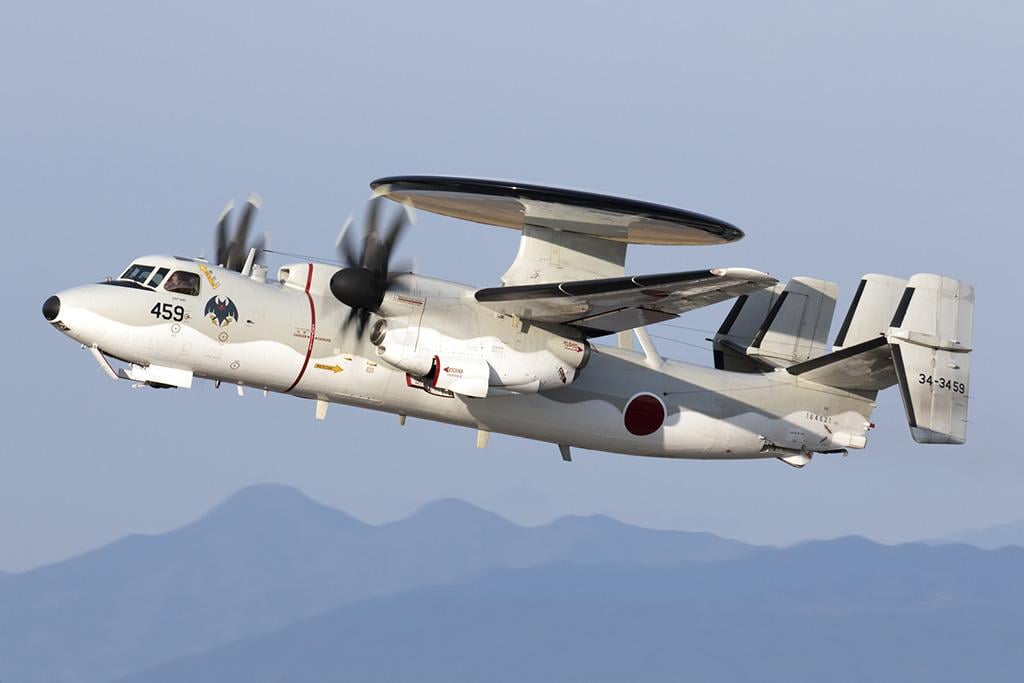
Hawkeye Guardian
The Japan Air Self-Defense Force is one of a handful of international air services operating the Northrop Grumman E-2 Hawkeye for airborne early warning working alongside F-15 Eagles, F-4 Phantoms and Mitsubishi F-2 fighters for air defense. The aircraft are in the process of being modified with the NP2000 eight-blade propeller such as this one seen departing Hamamatsu; others still use the standard four-blade propeller. Japan has also ordered the new E-2D Hawkeye.
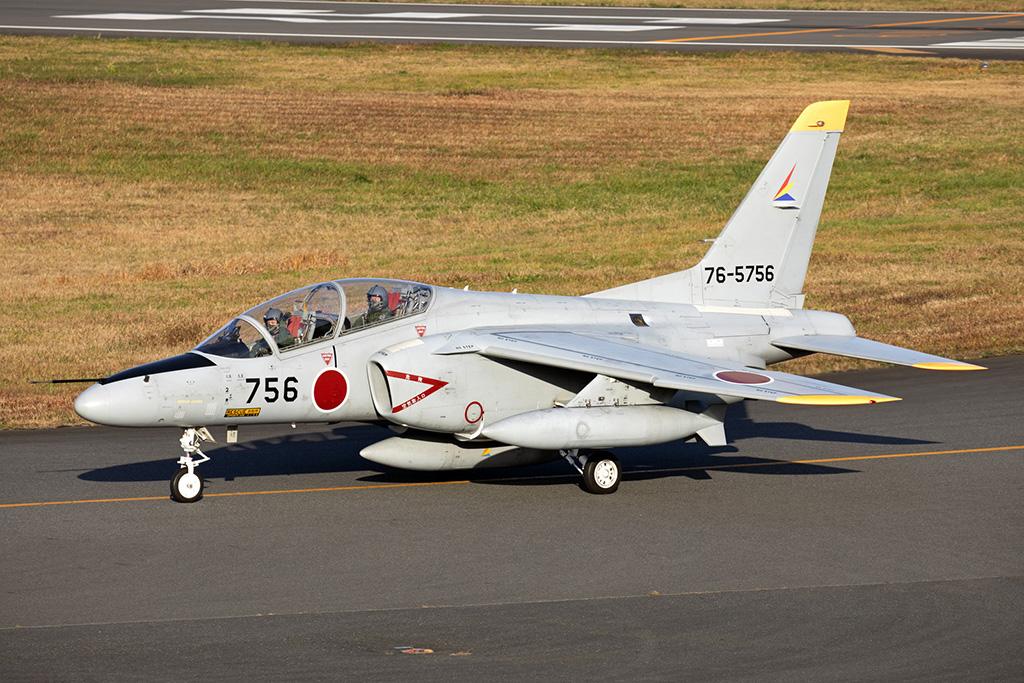
Dolphin Rider
For pilot continuation flight training, the Japanese air force makes use of a large fleet of Kawasaki T-4 jet trainers. This subsonic twin-engine aircraft was developed during the 1980s and entered service in 1988. They are powered by a locally developed Ishikawajima-Harima F3 turbofan that produces a surprising amount of smoke as it approaches Japanese air bases.
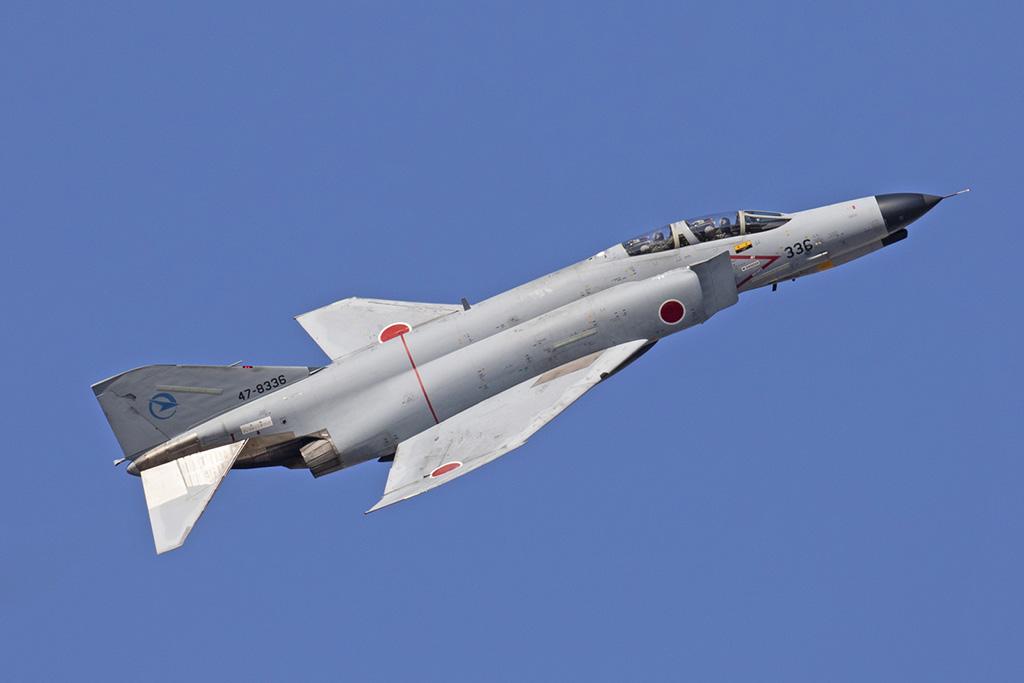
Spooks in the Sky
The Japanese air force is one of the last bastions of the McDonnell Douglas F-4 Phantom and the reconnaissance RF-4. The F-4 operates in the air defense role, flying from Hyakuri Air Base near Tokyo with two squadrons, while a single unit flies the RF-4. F-4s also fly with a test unit from Gifu, near Nagoya. This Gifu-based F-4 is at an airshow at Hamamatsu.
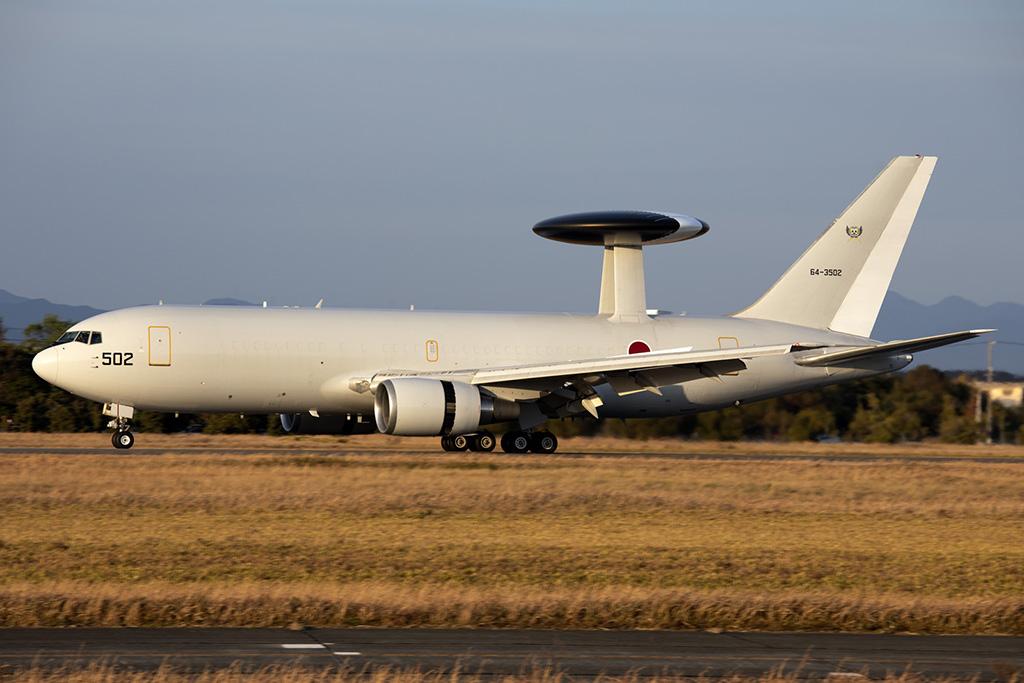
Electronic Eyes
Japan’s fleet of Boeing E-767s are unique as the only 767s operating in the airborne early warning mission. The aircraft takes the sensors and mission system from the Boeing E-3 Sentry and transplants them into the 767 airframe. Four currently serve with the 602 Hikotai Sqdn. based at Hamamatsu.
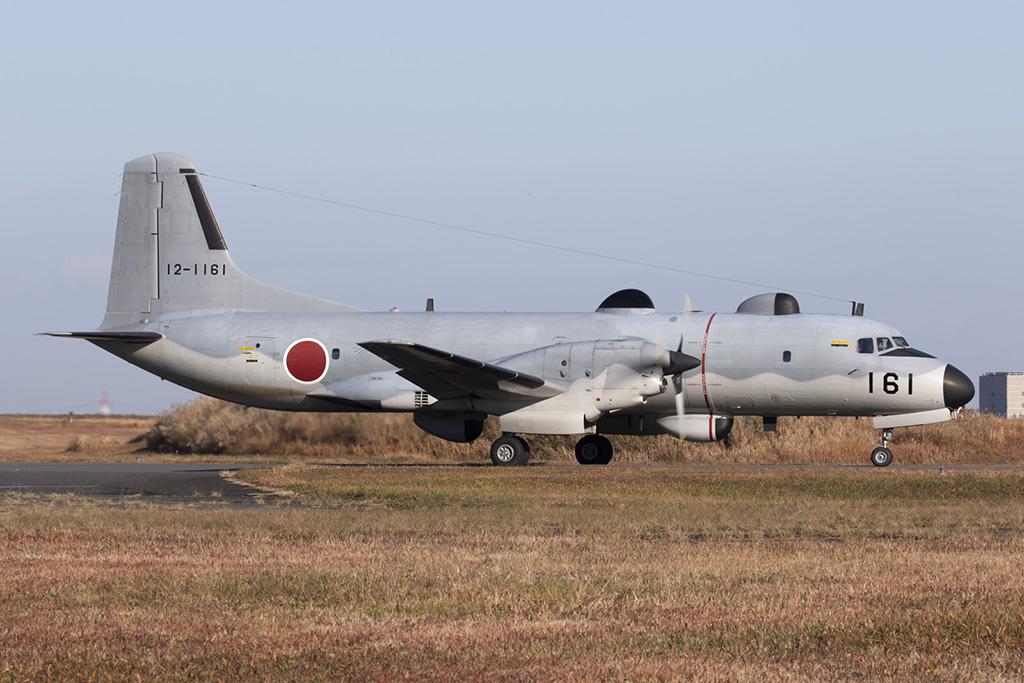
Turboprop Classic
Not an aircraft featured often in the pages of Aviation Week, yet the YS-11 turboprop airliner lives on in Japan, albeit in significantly reduced numbers. The YS-11 currently performs the flight-checker and electronic warfare missions in a number of configurations. This aircraft flying from Iruma Air Base near Tokyo is tasked with electronic intelligence duties.
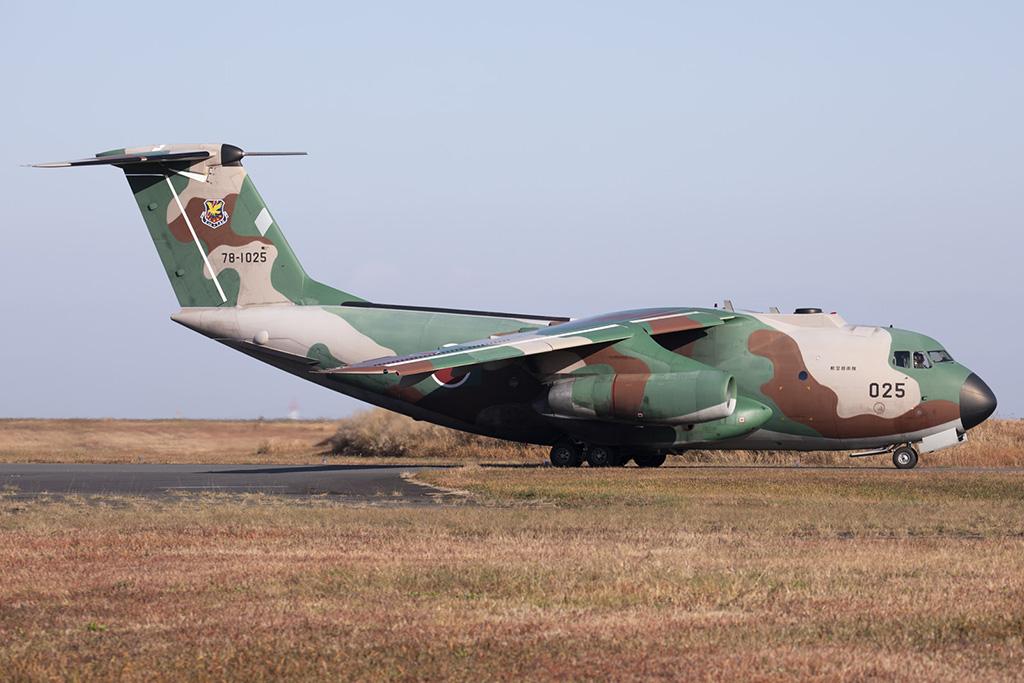
Kawasaki’s Oddity
The distinctive Kawasaki C-1 was Japan’s first attempt at a jet-powered airlifter. Born in the 1970s, it is an aircraft that struggled to meet its full potential, lacking the range to reach all corners of Japan’s island chain, which resulted in the country also operating the Lockheed C-130 Hercules. The C-1 is slowly being phased out of use, partly replaced by the larger and more capable C-2.
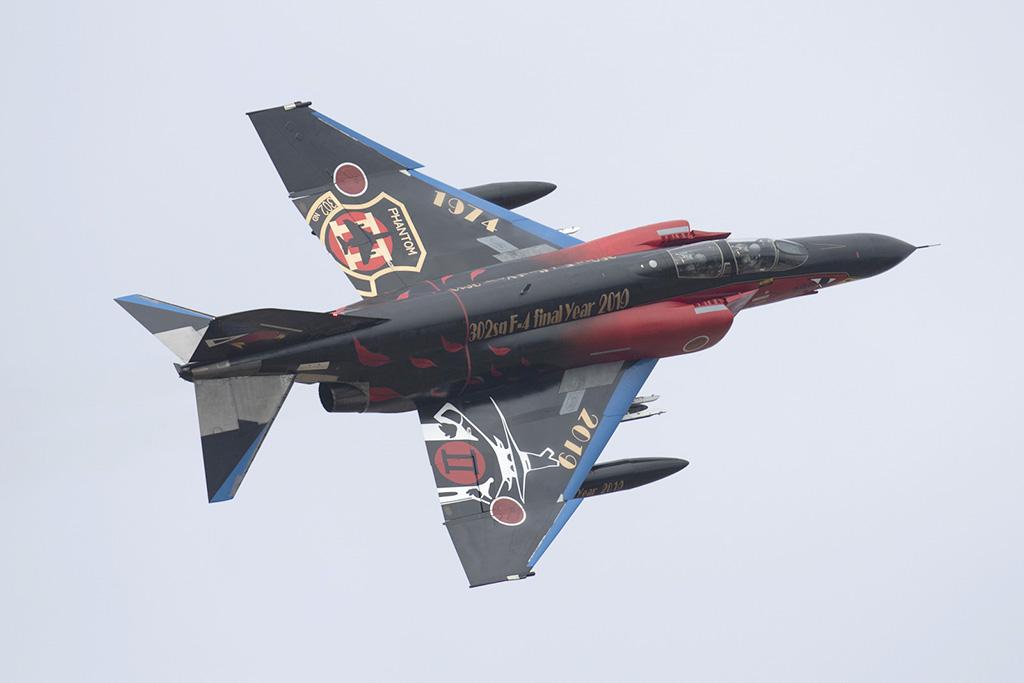
Phantom Farewell
The era of the F-4 Phantom in Japanese air force service is coming to an end with the disbandment of the F-4 unit 302 Hikotai Sqdn., planned for early 2019. Japan will replace its F-4s with the Lockheed Martin F-35A Lightning II. This F-4, performing at Hyakuri Air Base on Dec. 2, is one of two painted in a special farewell scheme.

Maritime Surveiller
The Kawasaki P-1 is becoming a more common sight in Japan, with more being delivered to the Japan Maritime Self-Defense Force as a P-3 Orion replacement. This one is seen taxiing at Hyakuri Air Base on Dec. 2.

Hawkeye Guardian
The Japan Air Self-Defense Force is one of a handful of international air services operating the Northrop Grumman E-2 Hawkeye for airborne early warning working alongside F-15 Eagles, F-4 Phantoms and Mitsubishi F-2 fighters for air defense. The aircraft are in the process of being modified with the NP2000 eight-blade propeller such as this one seen departing Hamamatsu; others still use the standard four-blade propeller. Japan has also ordered the new E-2D Hawkeye.

Dolphin Rider
For pilot continuation flight training, the Japanese air force makes use of a large fleet of Kawasaki T-4 jet trainers. This subsonic twin-engine aircraft was developed during the 1980s and entered service in 1988. They are powered by a locally developed Ishikawajima-Harima F3 turbofan that produces a surprising amount of smoke as it approaches Japanese air bases.

Spooks in the Sky
The Japanese air force is one of the last bastions of the McDonnell Douglas F-4 Phantom and the reconnaissance RF-4. The F-4 operates in the air defense role, flying from Hyakuri Air Base near Tokyo with two squadrons, while a single unit flies the RF-4. F-4s also fly with a test unit from Gifu, near Nagoya. This Gifu-based F-4 is at an airshow at Hamamatsu.

Electronic Eyes
Japan’s fleet of Boeing E-767s are unique as the only 767s operating in the airborne early warning mission. The aircraft takes the sensors and mission system from the Boeing E-3 Sentry and transplants them into the 767 airframe. Four currently serve with the 602 Hikotai Sqdn. based at Hamamatsu.

Turboprop Classic
Not an aircraft featured often in the pages of Aviation Week, yet the YS-11 turboprop airliner lives on in Japan, albeit in significantly reduced numbers. The YS-11 currently performs the flight-checker and electronic warfare missions in a number of configurations. This aircraft flying from Iruma Air Base near Tokyo is tasked with electronic intelligence duties.

Kawasaki’s Oddity
The distinctive Kawasaki C-1 was Japan’s first attempt at a jet-powered airlifter. Born in the 1970s, it is an aircraft that struggled to meet its full potential, lacking the range to reach all corners of Japan’s island chain, which resulted in the country also operating the Lockheed C-130 Hercules. The C-1 is slowly being phased out of use, partly replaced by the larger and more capable C-2.

Phantom Farewell
The era of the F-4 Phantom in Japanese air force service is coming to an end with the disbandment of the F-4 unit 302 Hikotai Sqdn., planned for early 2019. Japan will replace its F-4s with the Lockheed Martin F-35A Lightning II. This F-4, performing at Hyakuri Air Base on Dec. 2, is one of two painted in a special farewell scheme.

Maritime Surveiller
The Kawasaki P-1 is becoming a more common sight in Japan, with more being delivered to the Japan Maritime Self-Defense Force as a P-3 Orion replacement. This one is seen taxiing at Hyakuri Air Base on Dec. 2.
The Japanese Self-Defense Force has one of the most varied fleets of aircraft and helicopters anywhere in the world, with a mix of indigenous aircraft as well as aircraft imported from the U.S. and Europe. It is also a mecca for aviation enthusiasts and photographers eager to add exotic Japanese types to their collections. London Bureau Chief Tony Osborne recently traveled to Japan to sample what that country has to offer.








